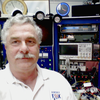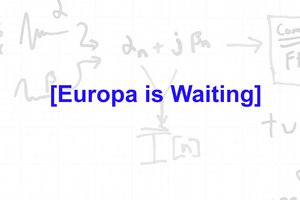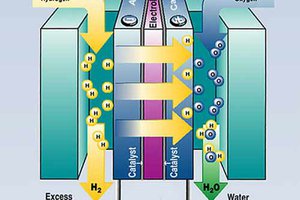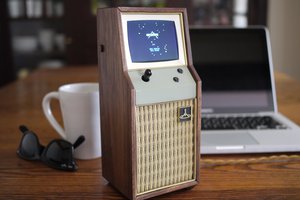I plan to tackle this using a methodology I learned from Frank E Bird a long time ago. It always works well for me when starting anything I have never done. I will be using a small spreadsheet to break up my thoughts and process into five major steps:
1. Identify the objective and Investigate the situation.
2. Evaluate the options
3. Develop a plan
4. Implement the plan
5. Monitor, measure, and improve
If you do these steps in a loop it becomes the Demming approach of Plan, Do, Check, Adjust (PDCA). Alternately you can replace step 5 with PDCA.
My objective(s) will continue to morph over the initial bit as my starting research unfolds, but once I hit step 3 it is critical to not change the objectives. I have a huge problem with the "Babbage Syndrome' (Les Kilpatrick-1977) and it is crucial that I do a solid lock down before step 4.
 sparks.ron
sparks.ron



 ehughes
ehughes
 Peter Walsh
Peter Walsh
 Chali Baicunn
Chali Baicunn
 Mike
Mike
Thank you theremino for the information. It seems that the most cost effective approach is to stay with the vacuum PMT but change to a NaI(TL) crystal if I can find a 38mm one for a reasonable price.
Downlinking the audio is a great idea, because we are very good with audio. I can also record the audio onboard as a form of datalogging as well. Since I will also inlcude a GPS to provide precise time data, I could also time and altitude stamp the audio log easily.
That would allow any post flight analysis to reconstruct the information into an altitude versus gamma type & level -- which is the primary objective of the project. It would also allow us to see the gamma count "inversion" point which is the second key objective.